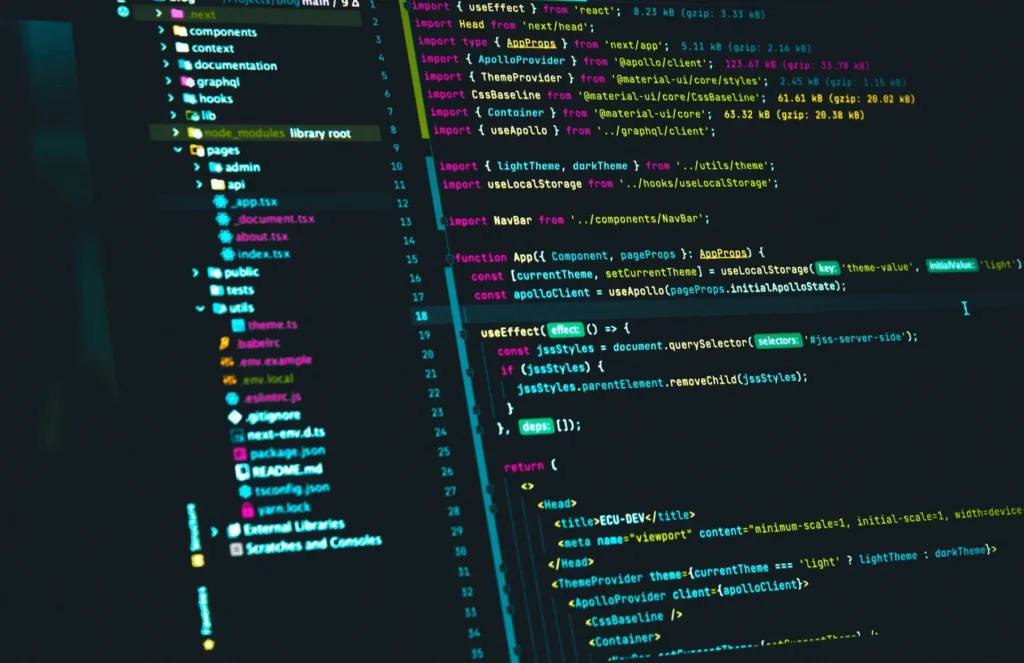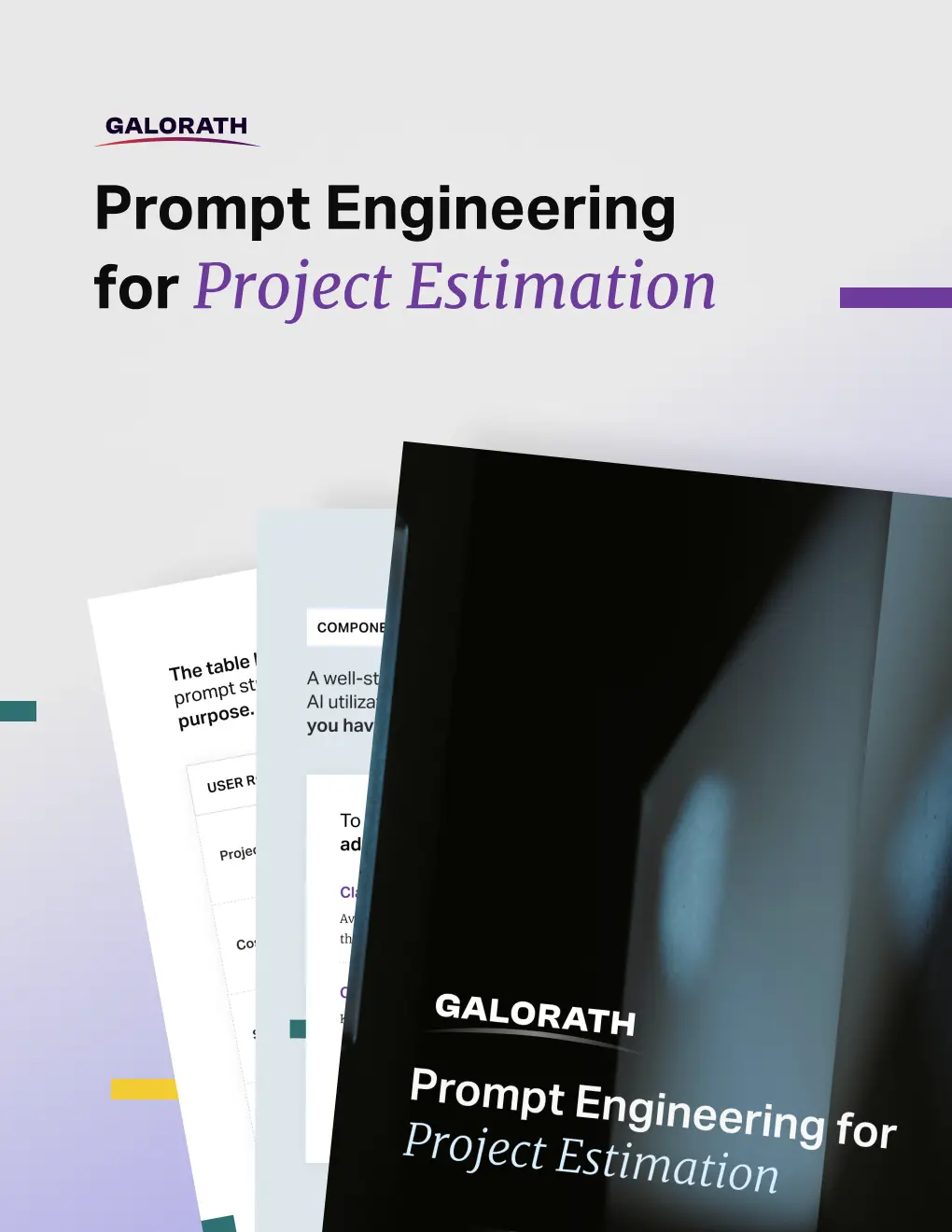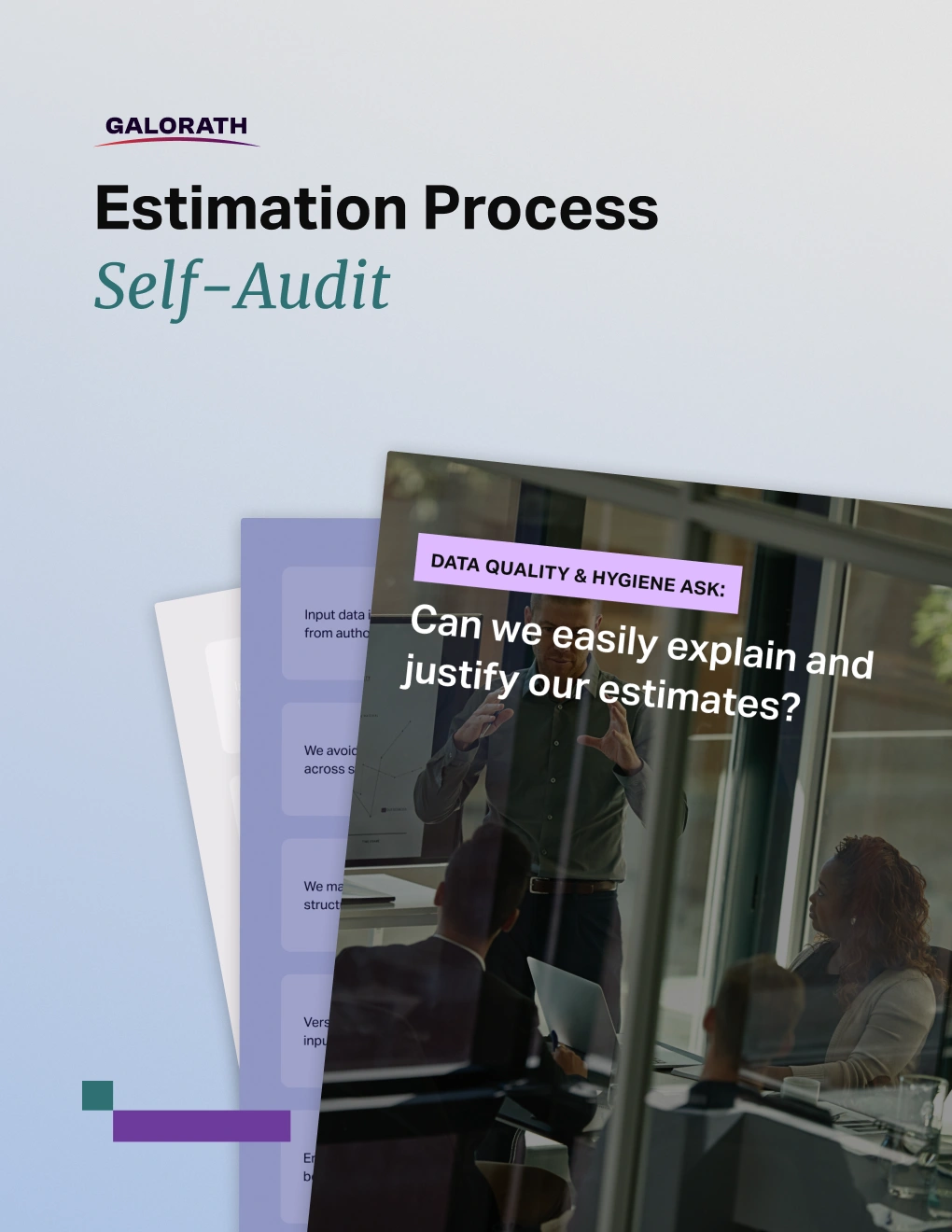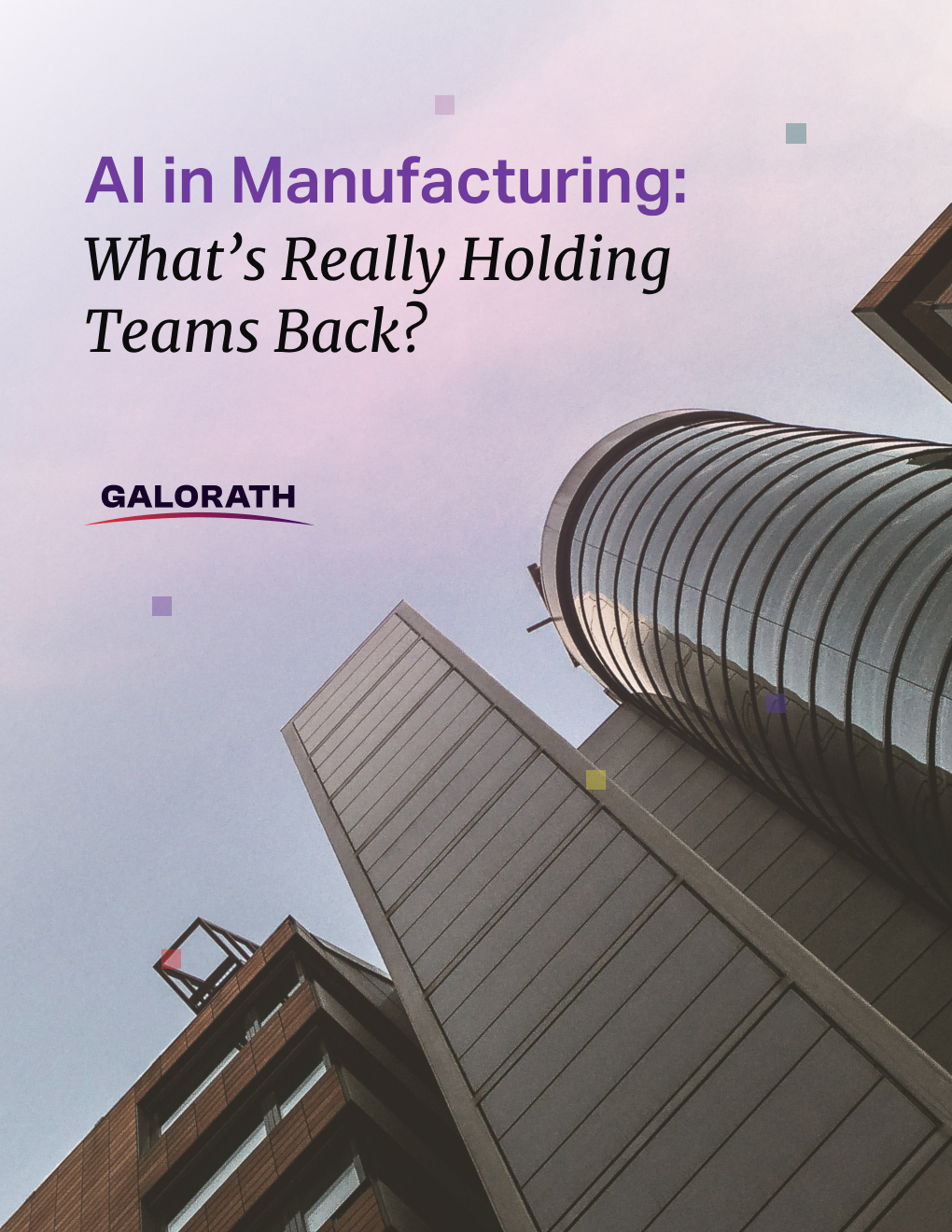Mastering Cost Risk with the CRED Model: A New Approach to Managing Uncertainty

As one of the nation’s largest privately held third-party benefits administrators, Total Administrative Services Corporation (TASC) was experiencing rapid growth of over 20% every year along with the company’s product development capabilities and capacity growing at a similar rate. TASC needed to measure productivity improvements within the software development team as they improved their development processes and implemented a new continuous software delivery model.
The Challenge
The number one challenge for CIOs is defending and demonstrating how much software development costs. Because software is activity-based, you can’t just deliver a bill of materials. The costs to write software have a lot to do with the amount of functionality the project is designed to deliver, its level of complexity and the desired level of quality, as well as the capabilities of the software development personnel, the processes, tools, and other project environmental factors that can influence productivity.
“We develop most of our product administration software internally and we wanted to be better able to measure our productivity within the software development function. It can be maddeningly hard to measure software development productivity, and you can’t improve what you can’t measure”, explained Karl Richards, CIO of TASC. “Our goal is to be able to measure our results, so we can clearly understand the impact of our actions and demonstrate the value we are contributing to the organization,” said Richards.
Our Solution
After considerable research and exploration, a consultant suggested that Richards look at SEER for Software. While Richards had heard of these estimation methods being used by government agencies and large development shops, at the time, he didn’t think that it would be useful or applicable for midsize businesses like TASC. After working with Galorath to better understand the SEER solution, TASC decided to implement SEER for all new software development projects. TASC was able to achieve more than was originally planned and derived several important results for the organization that enhanced both the productivity and the credibility of the TASC IT team.
The Result
Richards commented, “Not only are we faster at delivering the estimates, we no longer need to have our best and most costly resources spending time on the estimation process. We’re now able to empower our Project Managers to take over that role.”
TASC has been estimating projects in SEER and then returning to review benchmark data after the project has finished. That process has allowed them to also develop a mechanism to track project execution productivity over time and therefore be able to analyze trending and react accordingly. “All that data is being captured in SEER today and we had no way to obtain that data before,” said Richards. “The data also helped us learn about the complexity of the functions we’re developing and gain a better understanding of our risk analysis throughout the Software Development Life Cycle.”
One of the most measurable accomplishments was experienced almost immediately when on a large integration project, SEER demonstrated that TASC was heading down a path of unfavorable economics. Because of the early visibility, changing direction allowed the team to deliver an 82% Internal Rate of Return (IRR) on this project instead of a negative net value, saving both time and lost opportunity cost. That kind of early visibility enhances credibility with the leadership team and has also given the team a level of confidence to look at using SEER for vendor evaluations as it contemplates full software module outsourcing for certain projects. Richards says, “I know that I will never have enough resources to accomplish everything requested of IT, so I see SEER giving me the intelligence to spend IT dollars as strategically as possible, and that’s a competitive advantage for TASC.“











